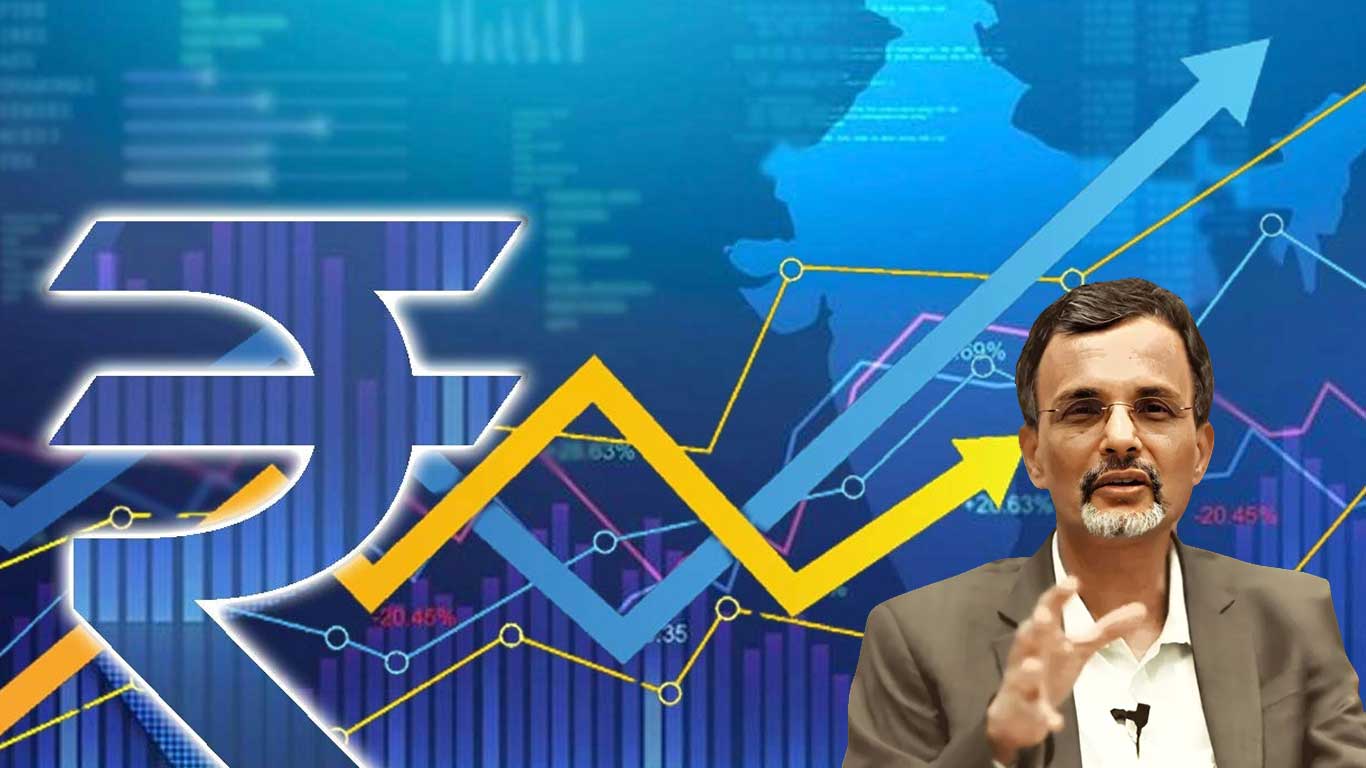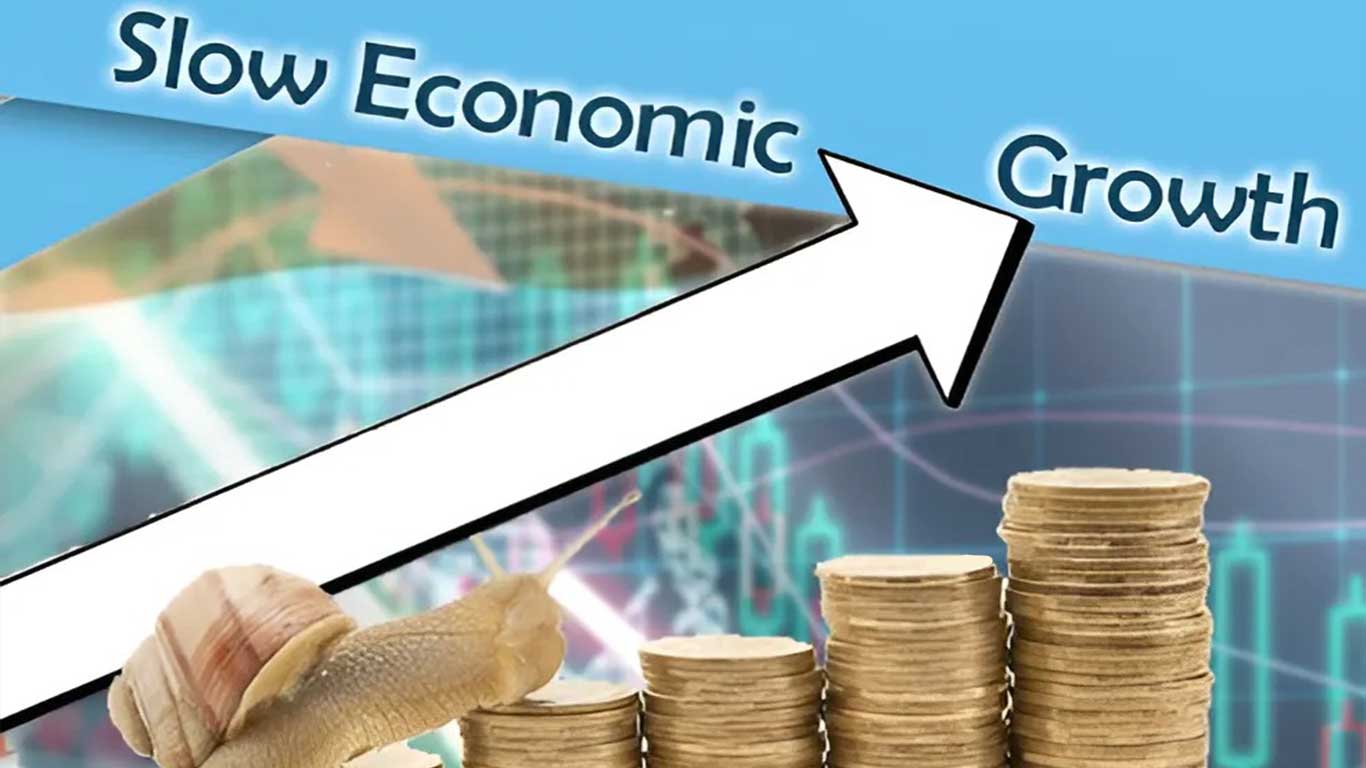Banks need to understand problems of MSMEs & devise strategies to gear credit mechanism: RBI
Updated: May 15, 2014 12:27:28pm

While addressing the launch of credit scoring model by Canara Bank recently, she said, “The Scheduled Commercial Banks need to understand the problem of the sector and devise strategies to gear their credit mechanism structure so as to achieve the prescribed target of lending to the sector as recommended by the PM’s Task Force.”
Canara Bank has launched the credit scoring model for MSME last week. Credit scoring, is a model applied by banks in their assessment and approval or decline of the loan requests by SMEs. As there is a strong link between the payment behaviour of the business owner and that of the business, SME credit scores usually include financial characteristics from both the business and the business owner.
“Sensitivity on the issue needs to be developed at various hierarchical levels,” she added.
Highlighting that the credit extended to the MSE sector has increased over the years, she said, “As at the end of March 2013, the total outstanding credit provided by all Scheduled Commercial Banks (SCBs) to the MSE sector stood at Rs 6,84,796 crore as against Rs 5,27,684 crore in March 2012, registering an increase of 29.77 per cent.”
Nonetheless, despite the increase in financing to the sector there is still a considerable credit gap which needs to be bridged, Joshi pointed out.
According to a report of the Inter-Ministerial Committee for Accelerating Manufacturing in the MSME Sector which reflects the extent of financial exclusion and the vicious cycle of credit issues, the cycle starts from lack of access to formal sources of finance which leads to tapping alternate sources of funds that are costly- higher cost of credit results into poor net cash inflow- which increases the risk profile of the small unit-and reduces their credit worthiness- which in turn further aggravates lack of access to formal sources of finance.
Thus access to timely and adequate credit from banks is critical for the sector, ED Reserve Bank said adding that the ability of MSMEs (especially those involving innovations and new technologies) to access alternate sources of capital like equity finance, angel funds/risk capital is extremely limited.
“At present, there is almost negligible flow of equity capital into this sector, which poses serious challenge to development of knowledge-based industries, particularly those that are promoted by first-generation entrepreneurs with the requisite expertise and knowledge. In the absence of alternate sources of finance, the SMEs’ reliance on debt finance is very high.
“The high reliance on debt, combined with high cost of credit adversely impacts the financial viability of start-ups, particularly in the initial years, thereby threatening their long-term survival and sustainability, she said.
Joshi also said that information opacity arising from MSEs’ lack of accounting records, inadequate financial statements or business plans also makes it difficult for potential creditors to assess the creditworthiness of MSE applicants.
Besides, high administrative/ transaction cost of lending small amounts also queers the pitch for banks insofar as MSE financing is concerned. Further, the existing system of banks’ credit appraisal and related processes also need to be geared to appraise the financial requirements of MSE sector.
“In view of the relatively small size of the loan, banks do not find it worthwhile to conduct an elaborate appraisal of SME credit proposals both in terms of value and profit. Therefore, in order that the banks can quickly conduct appraisal of SME loan proposals without expending too much resources, it would be imperative to ensure the efficiency of the appraisal process,” she said.
“…banks need to have a proper business plan and delivery model that would harness the benefits of technology. This would help in planning product delivery and building lasting customer relationships which will translate into higher revenues. The costs of banking transactions need to be dramatically reduced just as in so many other fields such as telecom, after the advent of technology. It needs to be appreciated that the credit process in case of micro and small entrepreneurs cannot be identical to that of large corporations, where the borrower is able to provide detailed information about business plans and the firm’s financial statements and the lender carefully reviews the data using analytics that are time-consuming and expensive,” Joshi added.
Speaking about the credit scoring model which offers an alternative method of evaluating loans for small businesses, she said, “The credit scoring approach, which is based on use of computer technology and mass production methods, was originally designed to handle consumer loans, but are now being used effectively for lending to small businesses by predicting their potential loan delinquency.”
Credit scoring is based upon information like how the repayment of the previous loans has gone, what is the current income level of the enterprise, what are the outstanding debts, if any? It focuses on the credit history of the enterprise.
As part of the process, the lenders see whether the enterprise/business owner has the reliability and honesty to repay the loan. It also examines how the enterprise has used credit before, its record for repayment of bills, including utility bills, how long the enterprise has been in existence, assets possessed by the enterprise and sustainability and viability of the activities that the unit is engaged in. Credit scoring model draws inputs from historical information on the performance of loans with similar characteristics.
When used appropriately, credit scoring can benefit multiple stakeholders, including lenders, borrowers, and the overall economy. For the lender, scoring leads to process automation which facilitates process improvements leading to many by-products such as improved management information, control and consistency. It also increases the profitability of SME lending by reducing the time and cost required to approve loans and increasing revenues by expanding lending opportunities as lenders can safely approve marginal applicants that an individual underwriter might reject, she said.
Access to finance needs to be enlarged through alternative sources of capital such as private equity, venture capital and angel funds, RBI ED said.
“This is crucial for facilitating the growth of knowledge based enterprises which have high potential in Indian context. They would require such alternative sources of finance since traditional channels may not meet their needs. Apart from fiscal incentives for promoting such alternative sources of capital (such as tax concessions), there has to be aggressive market intervention, such as promoting companies for market making and ensuring scaling up of operation of SME exchange by providing appropriate incentives,” she added. (KNN/SD)











